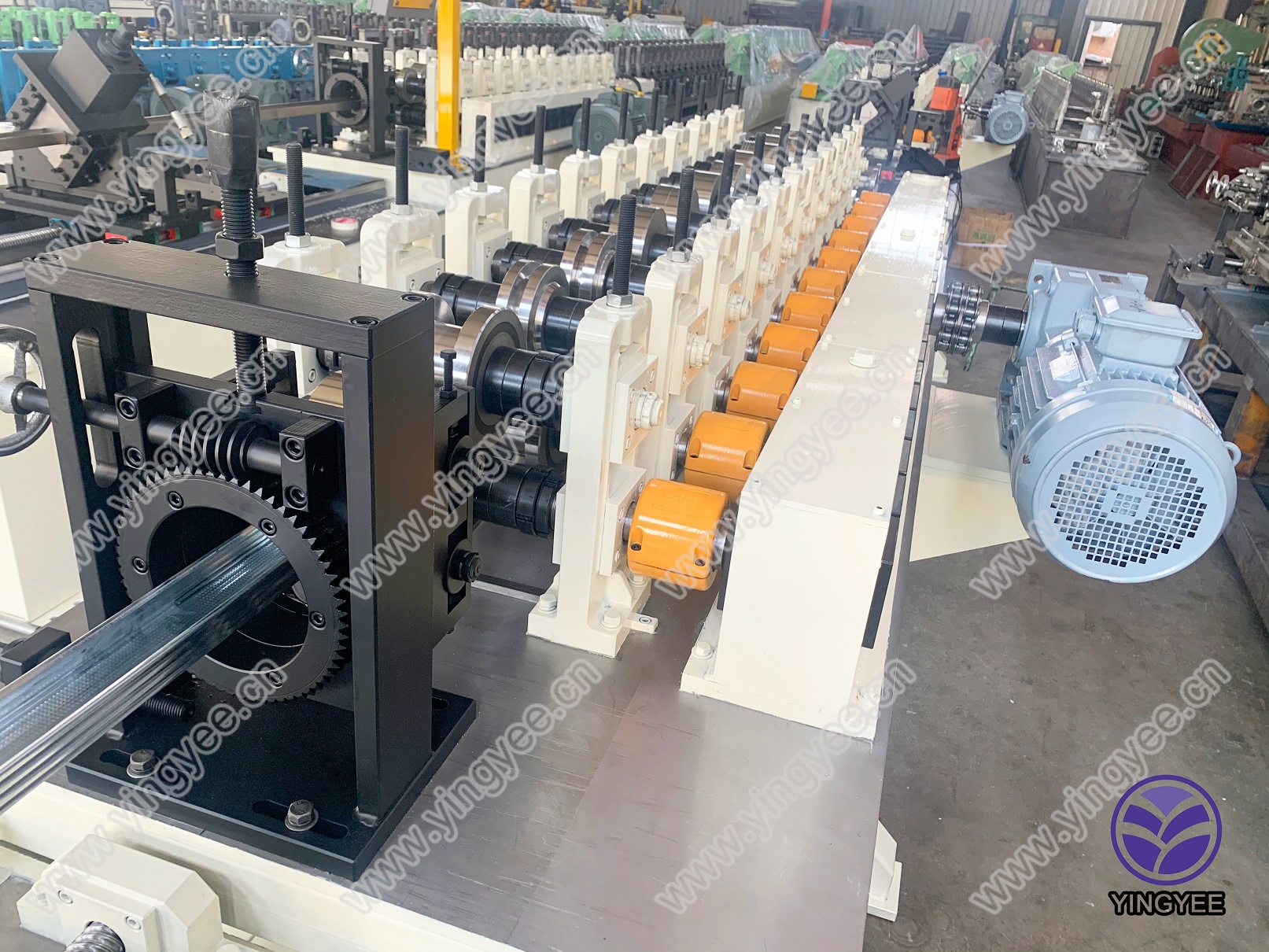
Understanding Solar Mounting Brackets Roll Formers
In recent years, the surge in renewable energy adoption has propelled the solar power industry into the limelight. One of the essential components in the installation of solar panels is the mounting bracket system, which secures the panels to rooftops or ground mounts. To efficiently manufacture these essential components, the use of roll forming technology has become increasingly popular, leading to the development of solar mounting brackets roll formers.
What is Roll Forming?
Roll forming is a continuous bending process in which a long strip of metal is fed through a series of rollers to create desired shapes. This method is highly efficient for producing large quantities of uniform products, making it an ideal choice for manufacturing solar mounting brackets. The process typically involves several stages, including feeding, forming, cutting, and stacking, resulting in a high-quality product that meets strict engineering specifications.
The Role of Solar Mounting Brackets
Solar mounting brackets are critical for ensuring the stability and effectiveness of solar panels. They support the panels at optimal angles to maximize sunlight exposure and ensure durability against harsh weather conditions. The roll-formed brackets often feature a variety of designs, including rail systems, ground mounts, and flush mounts, which allow flexibility in installation depending on the specific needs of different residential or commercial projects.
Advantages of Using Roll Formers for Solar Mounting Brackets

1. Cost-Effectiveness Roll forming is a highly efficient manufacturing process that significantly reduces labor and material costs. It allows for the mass production of components, which can bring down overall expenses for solar mounting systems.
2. Precision and Consistency The automated nature of roll forming ensures that each solar mounting bracket produced is precise and consistent. High-quality brackets are crucial for the reliable performance of solar installations, as even slight deviations can lead to complications during installation or affect the longevity of the solar panels.
3. Versatility Roll formers can be easily adjusted to produce different shapes and sizes of brackets. This flexibility is particularly beneficial in the solar market, where various mounting solutions are required to accommodate different solar technologies and installation environments.
4. Strength and Durability The cold forming process employed in roll forming enhances the mechanical properties of the metal used, resulting in strong and durable products. This is vital for solar mounting brackets, which must withstand wind, rain, and snow loads over time.
5. Reduced Waste Roll forming is a process that minimizes material waste, which is not only environmentally friendly but also contributes to lowering production costs. The continuous strip of metal allows for near-complete usage of raw materials.
Conclusion
The evolution of solar mounting brackets roll formers represents a significant advancement in solar panel installation technology. As the demand for renewable energy sources continues to grow, so does the need for efficient and effective manufacturing processes. Roll forming provides an unrivaled combination of cost-effectiveness, precision, versatility, and durability, making it the go-to method for producing high-quality solar mounting brackets. The ongoing innovations in this field not only contribute to the sustainability of the solar industry but also support the broader goal of transitioning to a greener, more sustainable energy future. As we move forward, enhancing the efficiency of manufacturing processes will continue to play a pivotal role in making solar energy accessible and practical for an increasing number of users worldwide.